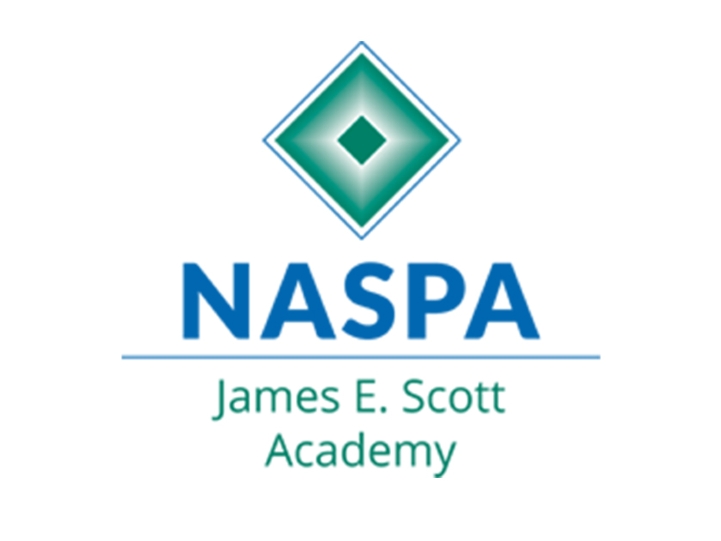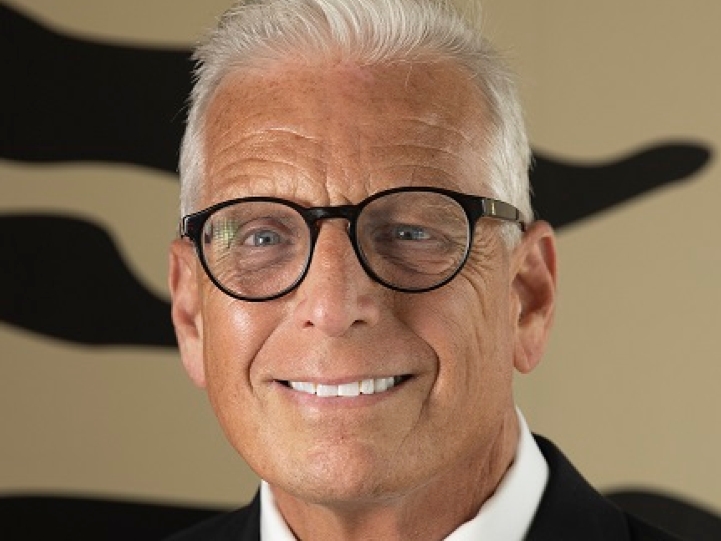
Building a Healthy Division of Student Affairs
Supporting the Profession AVP or "Number Two" Senior Level VP for Student Affairs
June 1, 2023
People can’t pour from empty cups, so help your staff fill theirs up.
As student affairs professionals, we talk a lot about the importance of sense of belonging for our students. To help students succeed and have a sense of belonging, professionals develop programs with great intent, provide learning and growing environments, and support them throughout their academic journey.
What about the student affairs professionals who pour themselves into our students, however? What would happen to our students' sense of belonging if we helped the staff who support their journeys find meaning in their work?
My recent experience at the University of Missouri (MU) shows that investing in people will result in a team with a strong sense of belonging or, as I call it, a healthy organization.
I want to give you a blueprint for improving your team’s health so you, too, can invest in your people and strengthen your organization.
Listen
Borrow from the PERMA framework (Seligman, 2012) and build one-on-one relationships with each and every one of your team. Your people crave transparent and authentic leadership. Schedule individual listening sessions with them and keep an eye out for emerging themes.
Your people will not care how much you know until they know how much you care. Begin to demonstrate that care through patient, active listening. This will make them feel supported and build their trust in you and your vision. It will also start to inform your understanding of your team’s strengths and the challenges they face.
At MU, I set out to build relationships and trust. In my first weeks on the job, I held listening sessions, meeting with each of our more than 200 staff members to learn about their hopes, concerns and interests.
Establish a baseline
To measure your progress, you need data, so survey your people to learn how they feel about communication, sense of belonging, trust, work-life balance, meaning in work, etc. Quantitative data pairs with the qualitative data you collected in your listening sessions. You need both to find patterns. You’ll eventually want to compare your quantitative data later on — more below.
When we surveyed our staff, we had a 95% response rate — evidence of the growth mindset throughout the division and staff’s trust that leadership valued what they had to say.
Communicate openly and often
Regular, transparent communication is always going to be essential for healthy relationships. You might do as we did and establish a series of town hall meetings where your entire division can hear updates, ask questions and share concerns. We supplemented these meetings with strategic email updates.
A lack of communication will frustrate and discourage your people and affect the quality of their work. Without communication you don’t know where you stand in your relationships. In the worst cases, a failure to communicate will destabilize your work environment and lead to fear and uncertainty.
Nurture growth
Support your team members as they grow in their roles and throughout their careers. Create a plan for professional development for your division.
Your people need to know that you care about their growth. They want to know that your relationship is more than transactional. Ideally, you want to help them to visualize and fulfill a future with your team. If you expect the best from them, you need to want the best for them.
Celebrate your wins
Address your people’s need for authentic relationships and human contact (Bowman & Deal, 1991). Hold celebrations to give everyone a chance to build positive emotions and thereby feel more engaged. Express your gratitude to them for their dedication and hard work.
If you celebrate your people’s successes, they will want to give you more successes to celebrate, creating a virtuous circle, so praise the behavior and achievements that you want to see repeated.
I asked my department heads to let me know each time one of their reports made a positive contribution to the team. I then followed up by writing a personal note to that person, thanking them for supporting our students and our division.
Make a commitment — and put it in writing
Work with your team to establish what you stand for — your mission, vision, values, and priorities — to build commitment within your organization (Kern, Waters, Alder & White, 2014). These are promises you make to each other on which you can build your healthy organization.
To give your team the full benefit of putting priorities in writing, it’s very important that you make this a collaborative exercise. When your people have a part in making the priorities, they are more committed to keeping them. And, of course, it gives you a record of what your intentions were.
Track your progress
Go back to your baseline data and survey your people again to see how far you’ve come. Give your work time to take effect; we revisited our survey after two years. Over time, you should be getting meaningful improvement in the percentage of people who report having a clearunderstanding of your mission and goals, those who feel respected by leadership, and those who feel a sense of community.
Tracking your progress is the only way to know if you are getting any closer to your destination. What’s more, when you do so, you hold yourself accountable, making it more likely that that you will act on your goals.
As student affairs professionals, student success and well-being are our number one priority. If this is the case, then people are our number one resource and deserve our investment. I’ve been privileged to travel with MU’s Division of Student Affairs on their way to a more engaged staff. I wish you all the best on your own journey.
W illiam Stackman serves as the vice president for student affairs at the University of Missouri and is a member of the NASPA James E. Scott Academy Board.
illiam Stackman serves as the vice president for student affairs at the University of Missouri and is a member of the NASPA James E. Scott Academy Board.